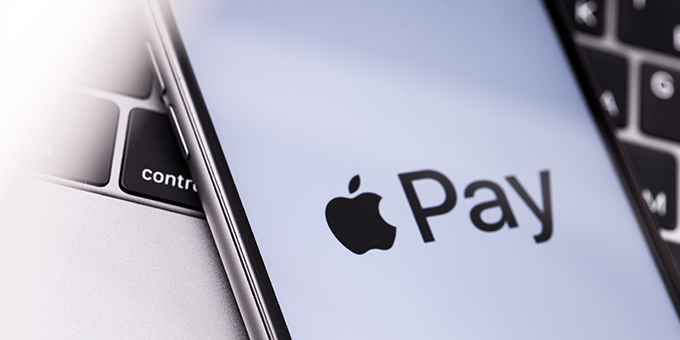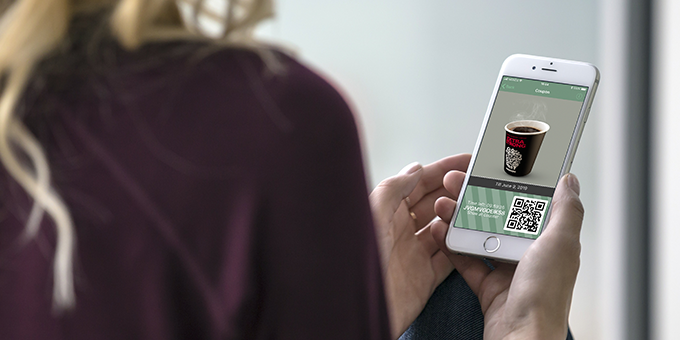Involvement in a brand leads to loyalty. Consumers want to be heard and they want to participate: from a one-time post on social media to an active, ongoing role, for instance through co-creation, crowdsourcing and customer panels. But to many companies, creating involvement like this continues to be a great challenge. How do you build customer engagement? As Gary Vaynerchuk says: from heart to brain to wallet. It begins with the wallet: A study by Strativity found that there is a clear link between customer loyalty and regular purchases. Eighty-seven percent of consumers who make everyday purchases feel loyalty towards that brand. For consumers who purchase something weekly, this is 64 percent, and 49 percent for consumers who purchase monthly. But of course, engagement entails activities beyond purchase.
Win the Hearts of Your Customers
Trust is what makes of breaks every relationship. There is only engagement when you, the consumer, feel like your voice and input really matters. Before you can put your trust in a brand, you have to feel like the brand has your best interests at heart. As is the case with love, the first encounter counts the most. After that, you, as a customer, will find out what the intentions of that brand are, on the basis of several elements. You can tell by the consistency and frequency of communication, the value and objectivity of information, a personal face, privacy as a starting point, the approachability through different channels and, of course, excellent service. And yes, that is a fair amount of requirements to tick off.
Trust in a brand is built on several customer experiences that together create an optimal customer experience. A brand that fully understands this is Coolblue. It has the right tone or voice, does everything with a smile and even knows how to turn those boring delivery boxes into a creative touchpoint. How could you not fall in love with that as a customer?
Engaging Consumers
Why do consumers answer questions of other consumers on forums, as is the case with T-Mobile and Ziggo? Why do reviews work so effectively? And why did 35.000 participants spend so much time in making their own film? The answer to these questions is not so much monetary, but more psychological of nature. The main question is: How do you engage your customers? As I indicated earlier, with the building blocks of: autonomy, competence, social connectedness, progression and focus. The right incentives trigger specific motivators. Three examples mentioned earlier:
- On the T-Mobile forum, you solve users’ problems together, you get a title based on the amount of interactions and you can earn all sorts of badges;
- By leaving a review, you provide a service to strangers and you influence the choices and opinions of others;
- The 35.000 participants in the film project were true film fans and had the pleasure of seeing their own film in Dutch cinemas.
There is a growing desire on the part of consumers to be involved in the process of creating value (see ‘How to engage customers in co-creation: customers’ motivations for collaborative innovation’). Reasons include the experience itself, gaining insight and knowledge, social recognition and improving skills. As such, co-creation fits in with several levels of Maslow’s hierarchy of needs: sense of belonging, esteem and self-actualization.
Shorter Travel Times or Drinking Champagne with Supermodels?
Consumers subject their choice for a product or brand to a cost-benefit analysis. But what the previously mentioned Gary Vaynerchuck refers to as the wallet, entails way more than just money. It is what Rory Sutherland means with intangible, perceived or subjective value in his TED-talk, which, according to him, could justifiably replace physical value. The example he provides is the journey by train from London to Paris. “The question was given to a bunch of engineers, about 15 years ago, “How do we make the journey to Paris better?” And they came up with a very good engineering solution, which was to spend six billion pounds by building completely new tracks from London to the coast, and knocking about 40 minutes off a three-and-half-hour journey time. […] Here is my (…) suggestion; what you should in fact do, is employ all of the world’s top male and female supermodels, pay them to walk the length of the train, handing out free Chateau Petrus for the entire duration on the journey. Now, you’ll still have about three billion pounds left in change, and people will ask for the trains to be slowed down.”
It is not just about price and quality. Value also lies in comfort, clarity, exclusiveness, the brand, surprises and of course, the experience itself. The last two can be seen as the wow-factor and wow-moments. Exceeding expectations ensures a positive customer experience which automatically leads to engagement.
Engagement Guarantees Better Supply
Engagement is not the end goal, it is about what you can achieve with it. Especially the customer insights you can obtain with engagement really bring about progress: valuable feedback and insight in customer motivation. This way, you increase your value proposition, which results in your customers receiving more value. When customers realize their feedback is being implemented, 97 percent of them become more loyal to the brand. Being able to really touch the hearts of consumers and engage them, is something that will definitely pay off at that crucial moment when they open their wallets.






